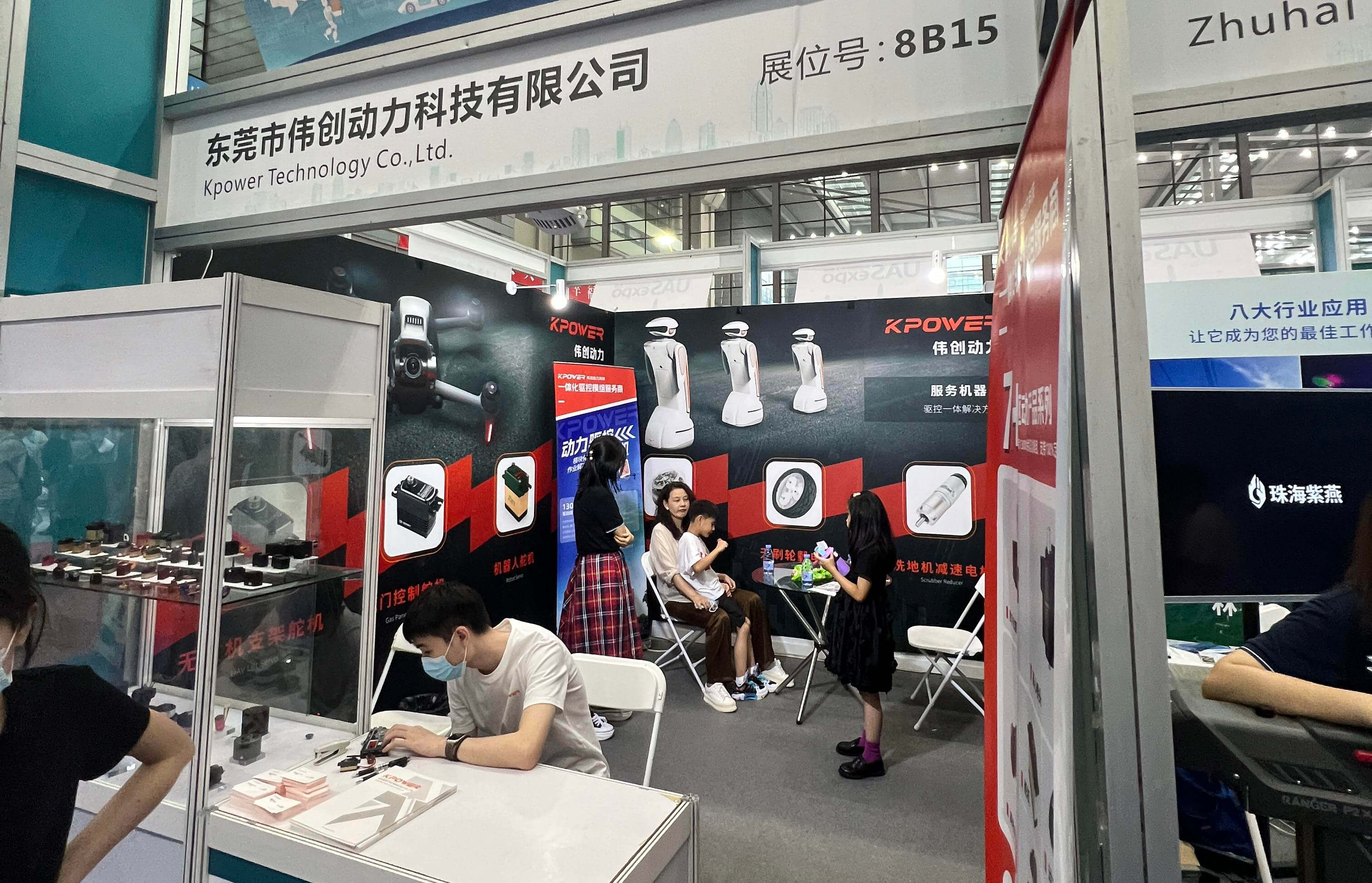Imagine you’re tinkering on a lazy Sunday afternoon, staring at your Arduino kit and a shiny servo motor sitting quietly on the desk. You’ve got that spark of curiosity—how do I make this motor dance to my commands? That’s where the magic begins. Connecting a servo motor with an Arduino isn’t just about wiring wires; it’s about opening a door to endless creative possibilities.

Most folks start with the basics—power, ground, and the control pin. The simplicity is almost deceptive. Just hook the servo’s signal wire to a digital pin on the Arduino, give it power (usually 5 volts), and connect the ground. But it’s more than just plug and play—think of it like tuning a guitar string, fine-tuning your setup for smooth, responsive movements.
What makes a servo really stand out? Control precision. You can tell it to move to specific angles, hold there, or smoothly transition from one position to another. It’s like having a tiny robot helper that follows your commands—perfect for robotics projects, automated curtains, or even art installations. And with the right code, you can program it to respond to sensors, making your project voice-activated or gesture-controlled.
Now, a quick tip—don't forget about power supply. Servos draw quite a bit of current, especially under load. Relying solely on the Arduino’s 5V pin might limit your motor’s performance or even cause resets. Instead, consider an external power source to keep things running seamlessly.
Here’s a question—how does you control the servo’s position? The answer lies in PWM signals—Pulse Width Modulation. You send a signal that varies in width, telling the servo what degree to turn. For instance, a pulse of 1 millisecond might turn it to 0 degrees, while 2 milliseconds might push it to 180. The Arduino's built-in libraries make generating this signal straightforward, turning what used to be complex hardware tasks into simple commands.
People love how easy it is to get started, but don't underestimate the depth. Once you’re comfortable, you’re looking at more complex systems—multi-servo setups, feedback loops, or integrating cameras and sensors. Everything becomes a puzzle, with each piece fitting perfectly into your personal innovation landscape.
So, if you’re dreaming of bringing a robot arm to life or designing an automated art piece, linking a servo motor with an Arduino is your first big step. It’s a tiny puzzle piece in the bigger picture of creativity and engineering—one that’s surprisingly simple to grasp but unlocks so much potential. Focus on power and signal integrity, experiment with angles, and watch your projects grow from simple movements into complex, mesmerizing behaviors. That’s where the true fun begins.
Established in 2005, Kpower has been dedicated to a professional compact motion unit manufacturer, headquartered in Dongguan, Guangdong Province, China. Leveraging innovations in modular drive technology, Kpower integrates high-performance motors, precision reducers, and multi-protocol control systems to provide efficient and customized smart drive system solutions. Kpower has delivered professional drive system solutions to over 500 enterprise clients globally with products covering various fields such as Smart Home Systems, Automatic Electronics, Robotics, Precision Agriculture, Drones, and Industrial Automation.




































